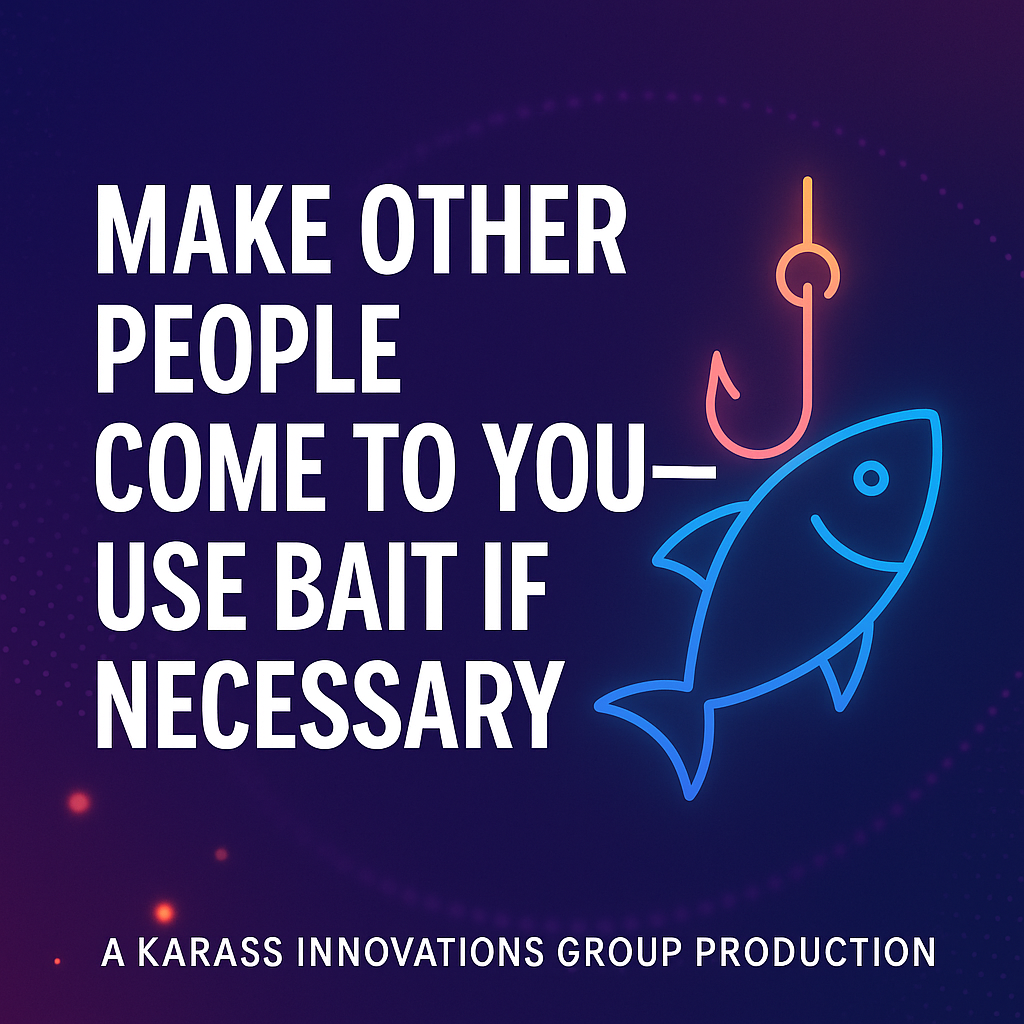Balance Lagging and Leading Indicators
Too often, teams focus only on lagging indicators like weekly output or monthly quality scores. Leading indicators (e.g., plan vs. actual by hour) give you early warning signals, helping you influence outcomes before they happen.






